By Eric Niderost
In the early months of World War II, Altmark, Graf Spee, and HMS Cossack all had important roles in a sea drama of epic proportions. The Graf Spee was associated with Altmark in the early stages of its voyage, HMS Cossack toward the end.
[text_ad]
Altmark was a German tanker of 11,000 gross tons, which increased to 14,367 tons when fully loaded. Its holds were packed with diesel fuel oil, ammunition, and other supplies needed by the Graf Spee during its 1939 raid. The ship boasted four 9-cylinder engines that were capable of a maximum speed of 21 knots. The tanker’s forward and aft multideck holds were big enough to hold prisoners, though this was not its primary mission when it began its celebrated cruise. Altmark was crewed by 134 sailors.
Stunting British Supply Lines
Grand Admiral Erich Raeder, commander-in-chief of German naval forces, depended on the Graf Spee and other ships like her to disrupt British commerce and bring the island nation to its knees. Raeder was encouraged when Adolf Hitler repudiated the Versailles Treaty that limited German naval growth, but in truth the Führer had little real interest in sea power. The grand admiral proposed a step-by-step naval buildup that would have produced eight pocket battleships, three aircraft carriers, and 72 submarines by 1949.
The sudden outbreak of war in 1939 made a shambles of Raeder’s plans and projections. Since Britain’s Royal Navy was far too powerful for a direct confrontation, surface raiding seemed the best, indeed the only, viable alternative.
The Admiral Graf Spee was a pocket battleship (panzerschiffe) of the Deutschland class. Commissioned at Wilhelmshaven in 1936, Graf Spee was the third of a trio of pocket battleships that included Deutschland (later renamed Lutzow) and Admiral Scheer. Like her sisters, Graf Spee was a powerful warship that had the hitting power close to that of a battleship but the speed and maneuverability of a cruiser. The ship carried a complement of 1,150 men.
The Graf Spee: The Finest in German Engineering
Sources differ on its dimensions, but Graf Spee was about 616 feet long with a 71-foot beam, and could boast a top speed of 26 knots. Eleven-inch guns projected from twin-armored turrets with steel plates five-and-a-half inches thick. A host of smaller caliber guns were aboard, and also torpedo tubes. With its powerful diesel engines and electrically welded hull, the Graf Spee represented the finest in German naval engineering.
The HMS Cossack, pennant number L03, was a destroyer of the Tribal class. The Tribal class, considered the most modern and up-to- date warships of their kind, were all named after native tribes of the world. Other destroyers of the Tribal class bore names like Bedouin, Eskimo, Zulu, Sikh, etc. The Cossacks, of course, were hard-riding peoples of the southern Russian steppes.
The British destroyer was commissioned in June 1938, and had a length of 364 feet and a beam of 35 feet. Her armament included eight 4.7-inch guns in twin turrets, two-pounder guns, and torpedo tubes. The Cossack could run at a top speed of 36 knots and boasted a complement of 219 men.
No Ships Survived the War
Although they all played significant roles in the Altmark drama, none of the ships survived the war. Graf Spee was the first to succumb. After sustaining damage during the Battle of the River Plate, the Graf Spee sailed to the neutral port of Montevideo. In the end, the Uruguayan capital proved more of a trap than a haven. Fooled into thinking massive British forces were on the way, and seeing no other alternative, Captain Hans Langsdorff scuttled the raider on December 17, 1939.
After the Altmark incident, HMS Cossack went on to chalk up more battle honors, including the Second Battle of Narvik during the Norwegian campaign of 1940. In October 1941, Cossack was on escort duty in the Atlantic when she was struck by a torpedo from a German submarine. The impact was horrific, severely crippling the vessel and killing 159 officers and ratings. Attempts to salvage the ship proved futile, and HMS Cossack went to the bottom.
Although Altmark was not a warship, it, too, was destined for a violent end. The German propaganda machine had tried to put the Altmark affair in a more favorable light, condemning Royal Navy actions as “piracy,” but nothing could disguise the fact that the Germans had sustained an embarrassing defeat. Captain Dau was removed from command and the ship renamed as the Uckermark.
The Altmark/Uckermark continued on as a supply vessel. On November 30, 1942, the tanker was in the Japanese harbor of Yokohama alongside the German auxiliary cruiser Thor. Altmark/Uckermark was provisioning the cruiser with ammunition and other supplies. Suddenly, the ill-fated ship blew up, killing 53 crew members. German authorities muttered darkly about sabotage, but gas fumes had probably caused the accident. The ship was in the process of being cleaned with chemicals when the mishap occurred.
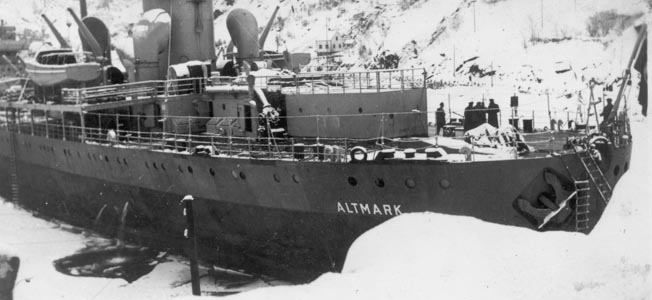
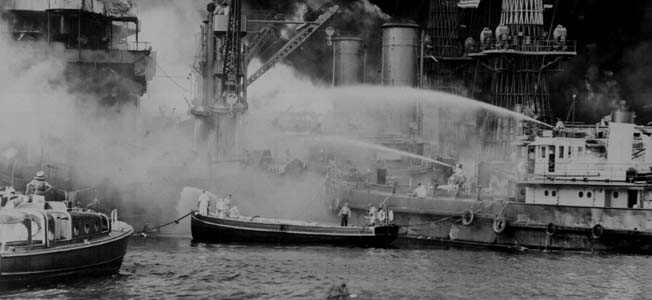

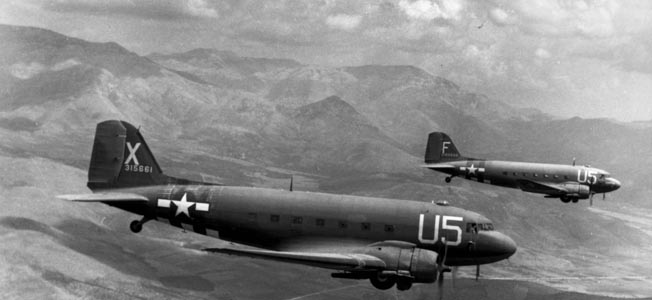

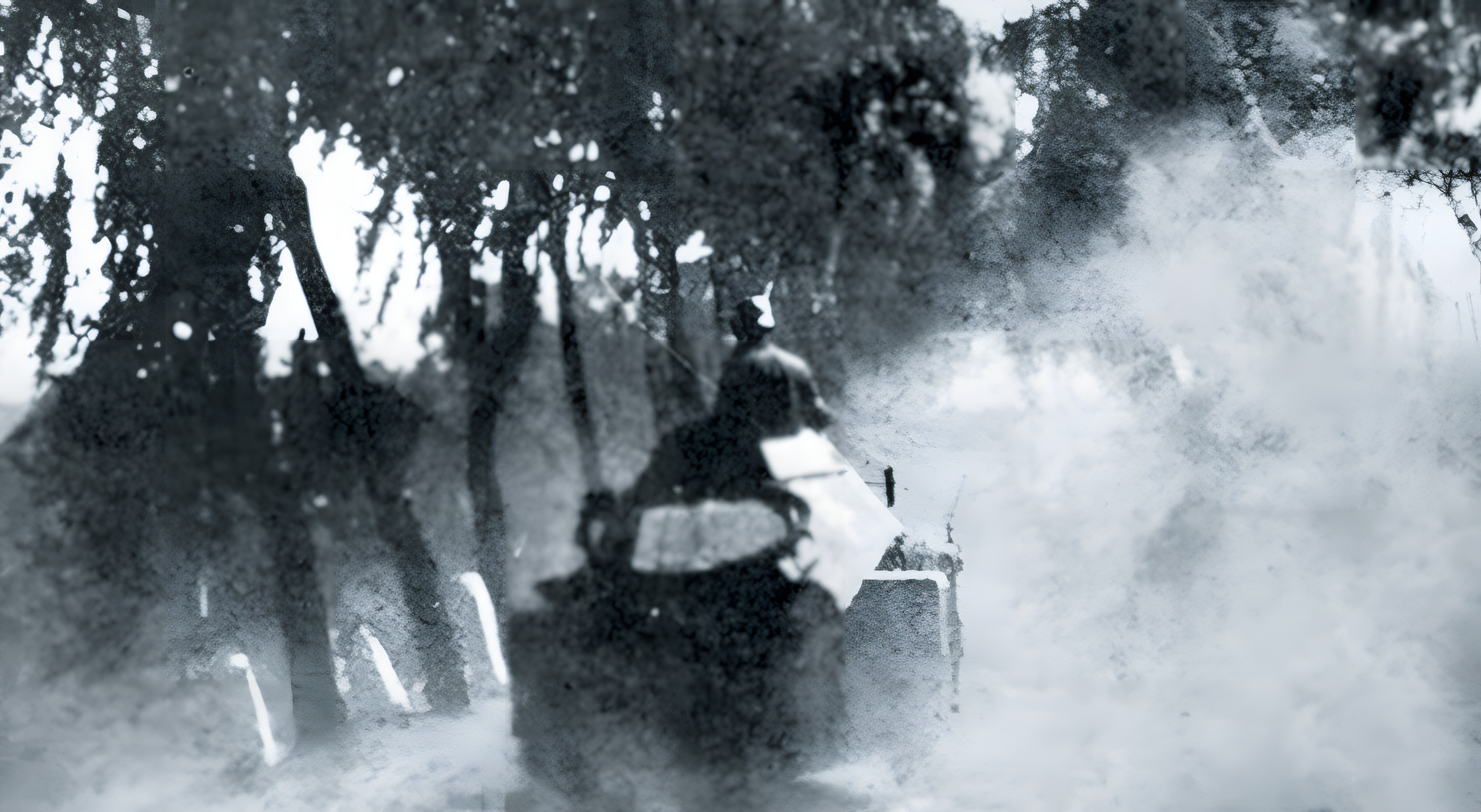
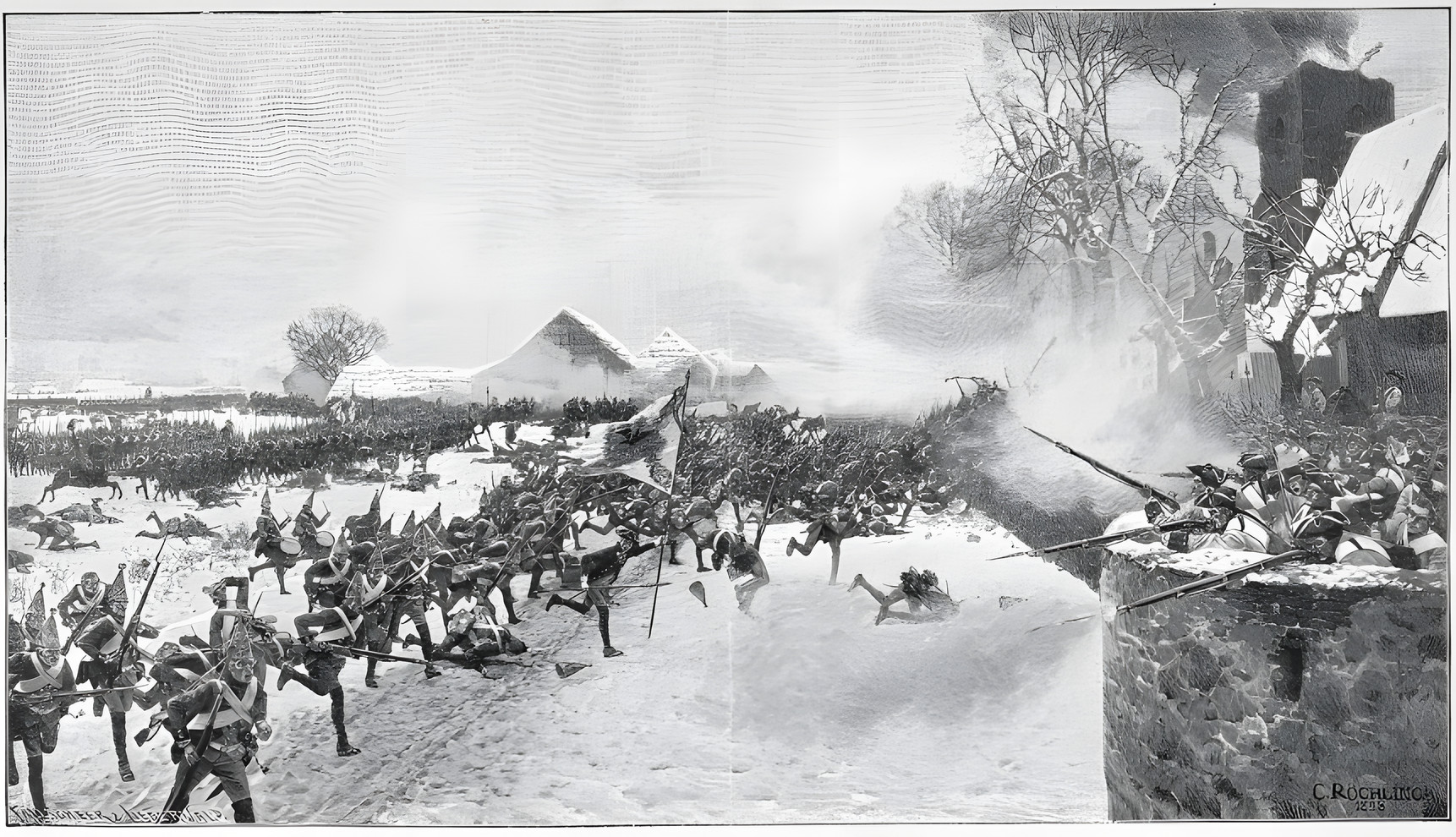
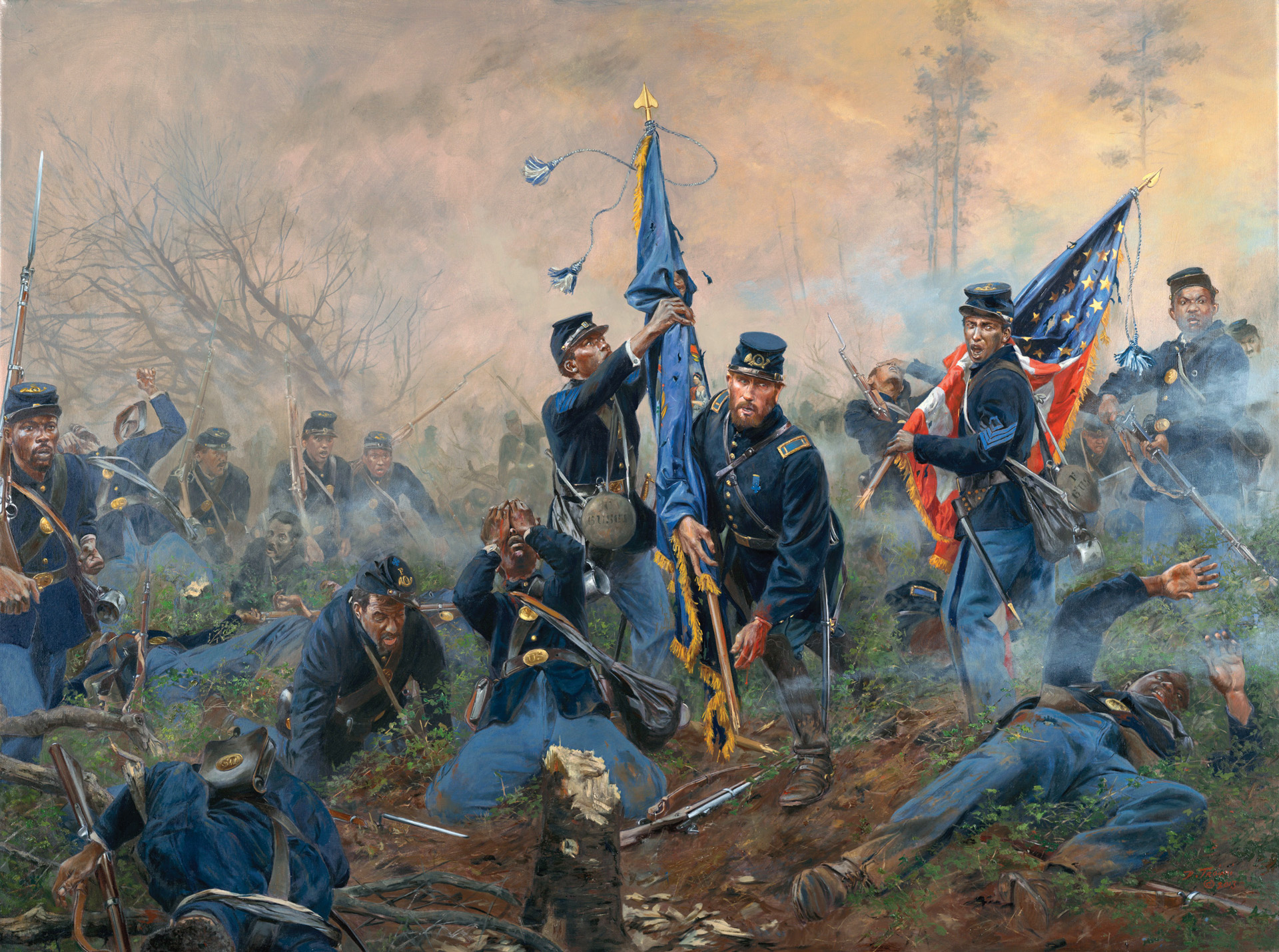
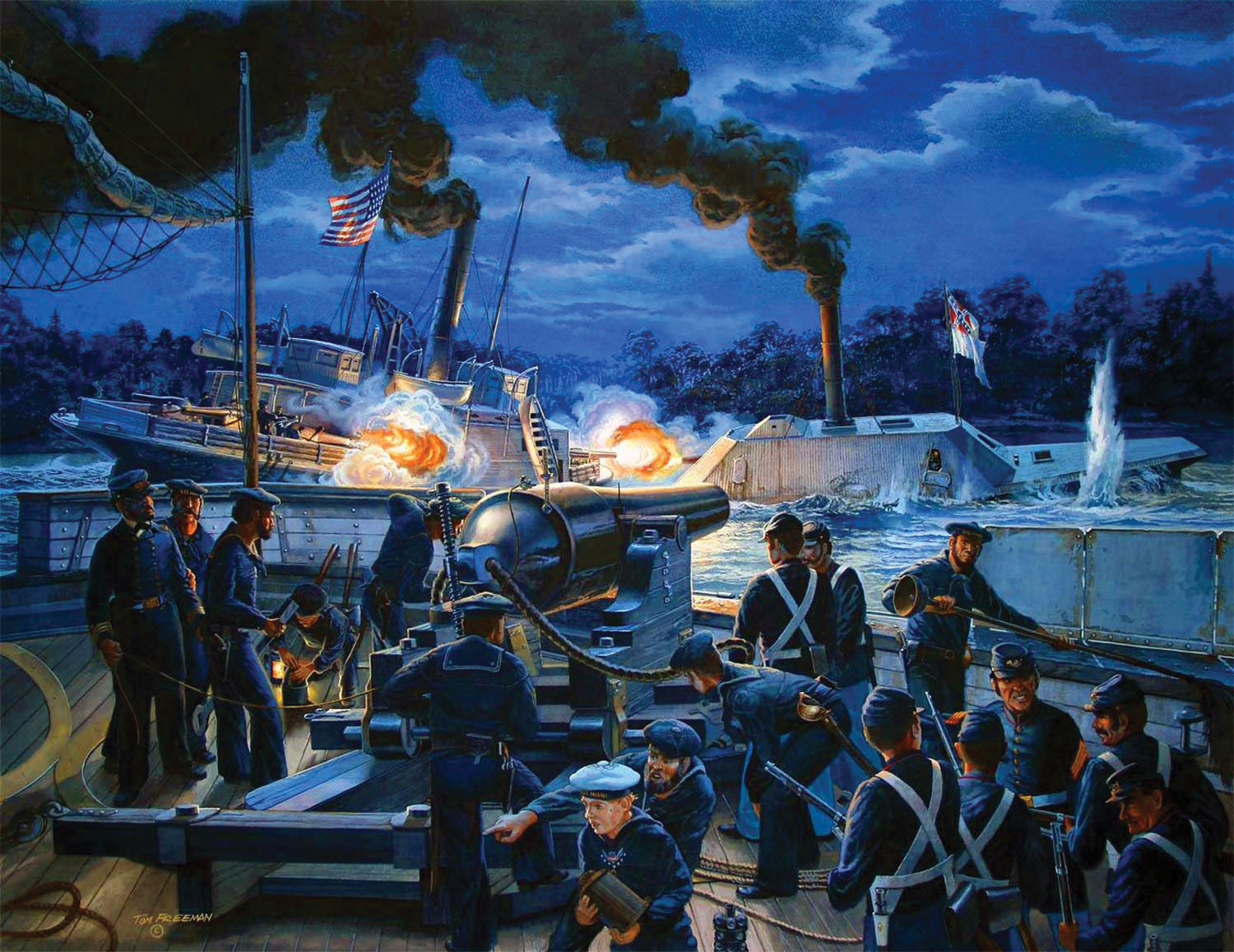
Join The Conversation
Comments
View All Comments